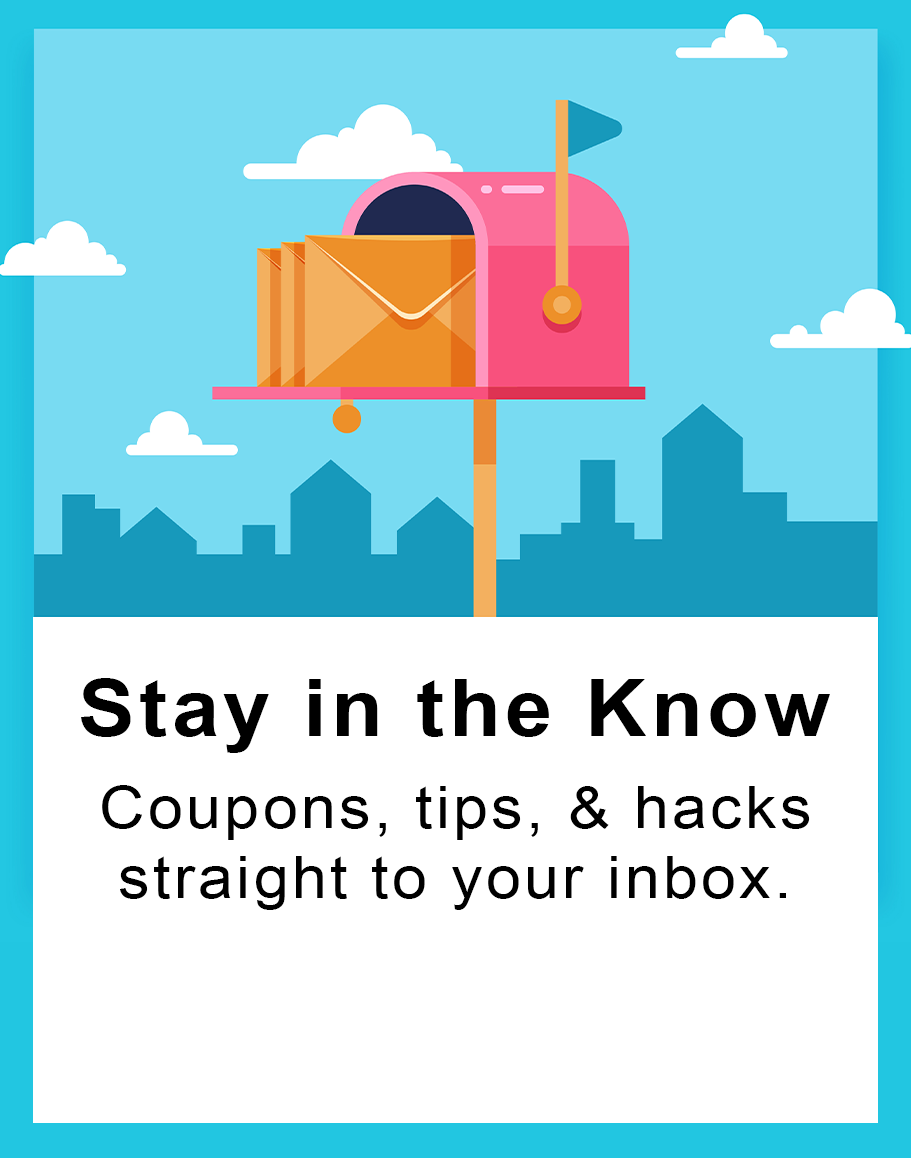Binding Documents
-
June 24, 2010 22A good marketing kit can get your foot in the door with a new client, or can help your company get some attention t ...
-
June 19, 2010 13Here are a few tips to get you started creating a media kit. A media kit is the first step to getting your company ...
-
June 17, 2010 9Here are a few things to consider when you are creating a report.
-
June 17, 2010 13If you are saddled with the task of compiling an annual report for your company, here are a few quick tips to get y ...






